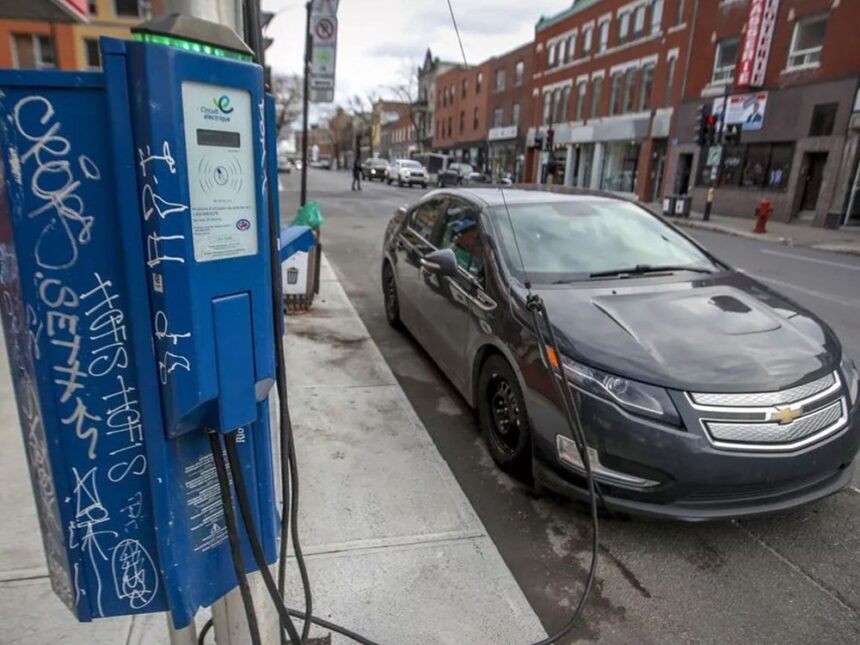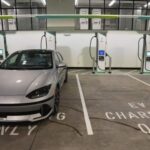The gleaming new electric vehicle charging station in Wawa, Ontario stands as a symbol of Canada’s green transition – a crucial pit stop on the Trans-Canada Highway where just two years ago, EV drivers faced a daunting 200-kilometer gap in charging infrastructure. Today, it represents both progress and the persistent challenges in Canada’s ambitious push toward electrified transportation.
Despite significant government investment exceeding $1 billion and the addition of nearly 20,000 public charging stations nationwide, Canada’s charging network remains plagued by critical gaps and maintenance issues. Recent data from Natural Resources Canada reveals approximately 19,500 public charging ports across the country, marking substantial growth from just 5,000 in 2019. However, this expansion falls notably short of the federal government’s target of 84,500 chargers by 2029.
“We’re seeing impressive growth in certain urban corridors, but the national charging network still resembles Swiss cheese when you look at the map,” explains Daniel Breton, President and CEO of Electric Mobility Canada. “The infrastructure is improving daily, but significant regional disparities persist, particularly along certain highway segments and in rural communities.”
The federal Zero Emission Vehicle Infrastructure Program has committed $680 million toward building charging infrastructure, while provinces like British Columbia and Quebec have implemented their own substantial funding initiatives. Yet challenges remain, particularly in Canada’s vast northern regions where extreme weather conditions and sparse population present unique obstacles.
Recent surveys highlight user frustrations with the current network. A study by J.D. Power found that one in five EV charging attempts in Canada end in failure due to equipment malfunctions, payment processing issues, or stations being offline. Additionally, charging station density varies dramatically by region, with Quebec boasting over 7,500 public ports while Manitoba has fewer than 350.
Experts point to several complicating factors in Canada’s charging station deployment. Cold weather performance issues, vast geographic distances, and inconsistent maintenance standards have created hurdles that require targeted solutions. The Canadian government’s revised EV sales mandate, requiring 100% zero-emission vehicle sales by 2035, has added urgency to infrastructure development.
“We’re dealing with a chicken-and-egg scenario,” notes Travis Allan, vice president of public affairs at FLO, a major charging network operator. “Drivers hesitate to purchase EVs without adequate charging infrastructure, but building extensive networks requires sufficient EV adoption to justify investment.”
Industry stakeholders are calling for improved coordination between government agencies, utilities, and private operators to address these challenges. Recent innovations, including weather-resistant charging technologies and battery preconditioning systems, offer promising solutions for Canada’s unique climate conditions.
The economic implications extend beyond environmental benefits. A recent analysis by Clean Energy Canada suggests that robust charging infrastructure could generate thousands of installation and maintenance jobs while supporting Canada’s burgeoning EV manufacturing sector.
For ordinary Canadians considering the switch to electric vehicles, the evolving charging landscape offers reasons for both optimism and caution. While metropolitan areas increasingly offer convenient charging options, cross-country travel still requires careful planning and contingency options in less-developed regions.
As Canada navigates this complex transition toward sustainable transportation, the question remains: can the country accelerate infrastructure development quickly enough to meet both its climate commitments and the practical needs of a growing electric vehicle fleet?

























